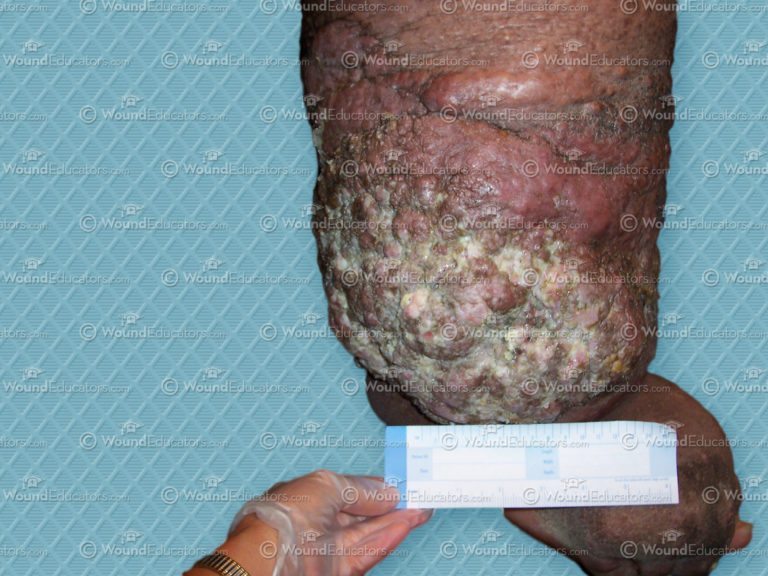Sales and Marketing Wound Certification Course
Our Sales and Marketing Wound Care Certification Course provides health care professionals with the fundamental knowledge you need to prepare for national board certification in wound care management. The course curriculum is designed by certified, highly experienced wound care specialists, offering access to the most current, accurate information, technologies, and best practices.


